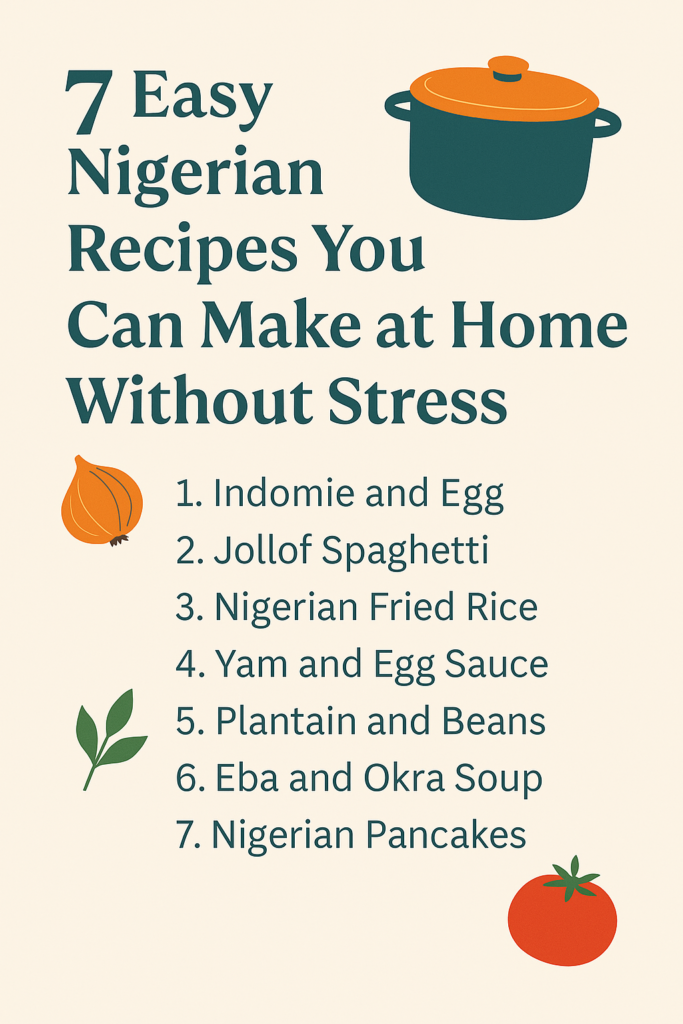How to Eat Mindfully: What It Really Means
In a world full of fast food, fast scrolling, and fast lives, it’s no surprise that many of us eat on autopilot. Mindful eating is the practice of slowing down and bringing full attention to the experience of eating—your body’s hunger signals, the taste of your food, and your emotional state.
Mindful eating is not a diet. It’s a habit that helps you:
-
Enjoy your meals more
-
Recognize when you’re full
-
Curb emotional eating
-
Make healthier food choices naturally
💡 Related: Portion Control: Tips for Eating the Right Amount
Why Mindful Eating Helps You Stop Overeating
Most overeating happens not because of hunger—but because of distraction. You eat while scrolling, working, or watching TV. You ignore your fullness cues. You reach for food out of boredom or stress, not real need.
Mindful eating flips that script.
When you pay attention to your food and how your body feels, you’re less likely to overeat or make impulsive food choices. Studies, like this one from the National Institutes of Health, show that mindful eating can significantly reduce binge eating and emotional eating patterns.

Simple Steps on How to Eat Mindfully
You don’t need to meditate for hours to eat mindfully. Here’s how to start—right at your next meal.
1. Pause Before You Eat
Take a deep breath. Check in with your body. Are you truly hungry—or are you bored, tired, or stressed?
2. Limit Distractions
No phones, TVs, or laptops at the table. Create space for eating without multitasking.
3. Engage All Your Senses
Notice the colors, smells, textures, and flavors of your food. Slow down to appreciate each bite.
4. Chew Slowly and Fully
Chewing well aids digestion and gives your brain time to register fullness.
5. Check In Mid-Meal
Halfway through, ask yourself: “Am I still hungry? How do I feel?” You might find you’re satisfied sooner than you think.
6. End with Gratitude
Take a moment to be thankful—for the food, your body, or the moment of peace. It brings mindfulness full circle.
How to Handle Emotional Eating Mindfully
Let’s be real—sometimes, food becomes comfort. That’s human. But when it becomes a constant coping mechanism, it can affect your health and happiness.
Mindful eating helps you notice emotional triggers before reaching for food.
-
Instead of eating immediately, pause and name the emotion: “I’m feeling anxious/lonely/frustrated.”
-
Ask: “What do I really need right now?” Sometimes it’s rest, connection, or a walk—not a snack.
-
If you do eat for comfort, do it consciously, without guilt or distraction. That awareness makes all the difference.
💧 Related: Why Hydration Matters: Health Benefits of Drinking Water
Practical Mindful Eating Tips for Everyday Life
-
Use smaller plates to encourage slower, more conscious eating
-
Pre-portion snacks instead of eating straight from the bag
-
Put your fork down between bites
-
Eat meals at a table (not the couch, not your car)
-
Keep a food & mood journal to track patterns in hunger and emotions
Final Thoughts: Mindful Eating Is a Lifestyle Shift
Mindful eating is about more than just how you eat—it’s about why you eat and how you feel when you do. It reconnects you with your body’s natural cues and helps you build a more peaceful, balanced relationship with food.
Start slow. Even a few mindful bites a day can lead to big changes over time.
Discover more from Blessing Nnenna Blog
Subscribe to get the latest posts sent to your email.




